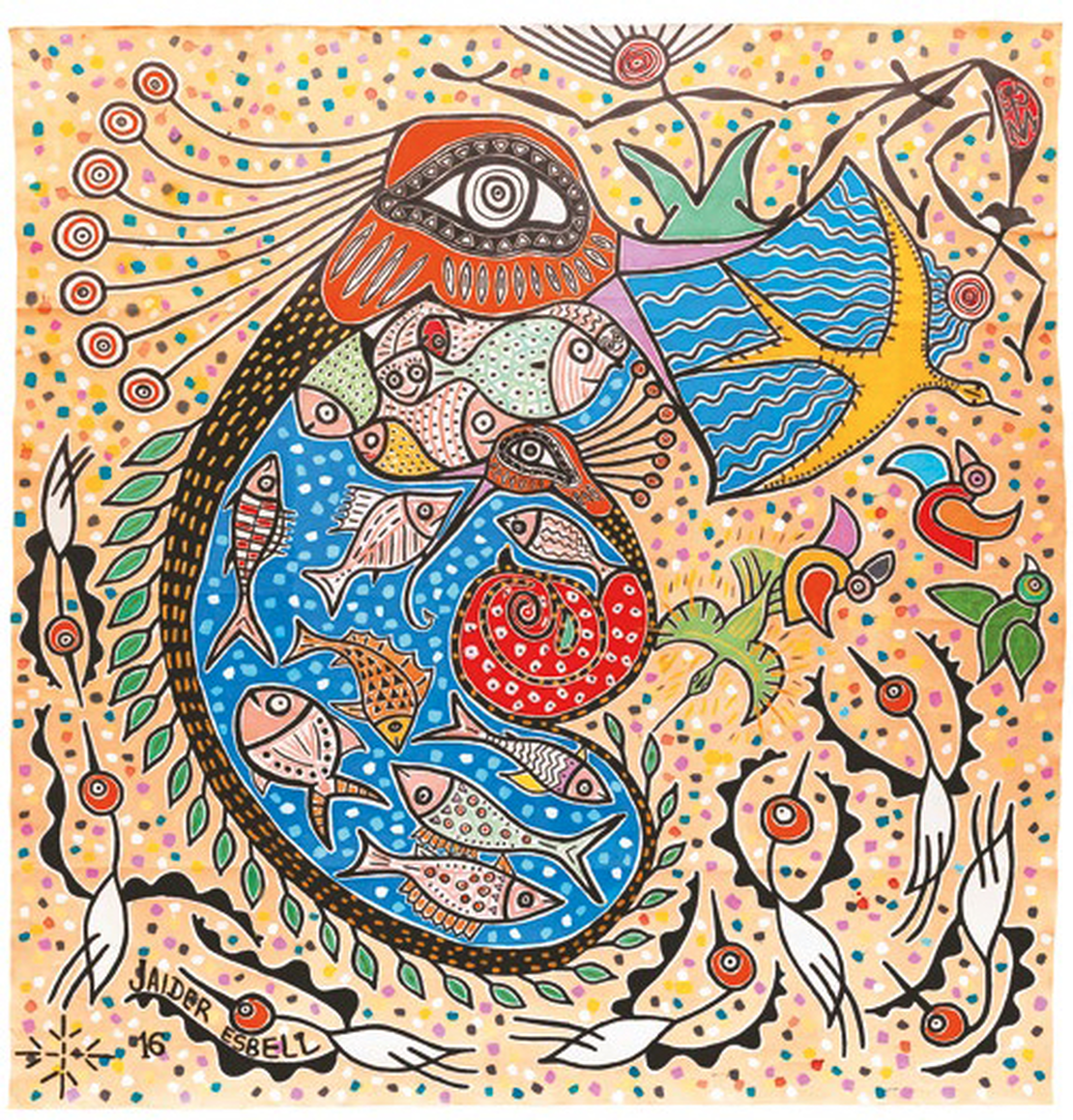Abstract
The content of the Curriculum of the Website Dispossessions in the Americas (DIA), offers a series of tools to educators/teachers/professors/ and general audiences, interested in learning about dispossession and resistance of Original Peoples, Africans, and Afro-descendant communities from 1492 to the present.1
This curriculum can be used for Colleges and University (4 years), Community Colleges (2 years), and High School levels. It is suggested that users take advantage of the entire curriculum, or select and adapt its content, sequence, and emphasis, according to their objectives, contexts, and academic levels. However, we see it important to note that, to better understand the processes of dispossession, it is important to know what was present in the Americas and the African continents before these processes began. We therefore recommend including, at least, some of the lessons from the first sections, especially the series of map commentaries about the Inca empire and the timeline that accompanies them, as well as the external links that explore some of the African Medieval empires and the one addressing the Trans-Atlantic Trade of Captive Africans.2 We remind users that the Curriculum does not include all the information contained in the DIA Website. We invite users to explore all its content. We also remind users that the Curriculum does not pretend to cover all the communities of the American continent but presents cases from various regions of the American continent.
OBJECTIVES
The main objectives are that teachers, students, and general audiences:
Learn about the impact caused by the dispossession of territories, bodies and cultures on the lives, health, and spiritualities of Original, African and Afro-descendant Peoples.
Recognize the importance and centrality of natural resources and the environment for the survival of these communities and their cultures.
Recognize and learn about the multiple responses and strategies of resistance, alliances, political mobilizations and negotiations that these Original Peoples, Africans and Afrodescendant communities have implemented from 1492 to the present.
Learn the achievements and challenges that Original Peoples and Afro-descendant communities still face.
Understand the differences between the types of dispossessions associated with each historical period and political structure, as well as the different strategies that Original and Afrodescendant Peoples have and continue implementing.
Be interested in continuing researching and seeking ways to support Original, Afrodescendant Peoples, and other excluded groups, as they continue working towards for restitution of territories, recovery and safeguarding of the environment, necessary for the continuity of their lives and cultures, and for the good of all humanity.
We decided to write the demonyms and the designation of Indigenous Peoples, Indigenous Groups, Africans, and Afro-descendants, among others, with the first letter capitalized as a strategy to recognize the rights of individuals, groups, and communities that have been subjected to dispossession since 1492. ↩︎
Although this event is usually written with lowercase, we decided to capitalize it, because it was a Crime Against Humanity. ↩︎
, Daniela Ortíz, Peruvian artist, 2021**
The artwork reads: “Anticolonial Glory, the little grape that will successfully eradicate the one responsible for Institutional Racism.” Ignorance may represent one of the constitutive elements of institutional racism. We hope this Curriculum helps dismantle it.](/images/content/Laurent-PerraultE001/image1_huefcb40d668ffd5f49c50c6052d1e527b_4417959_1110x0_resize_lanczos_3.png)




